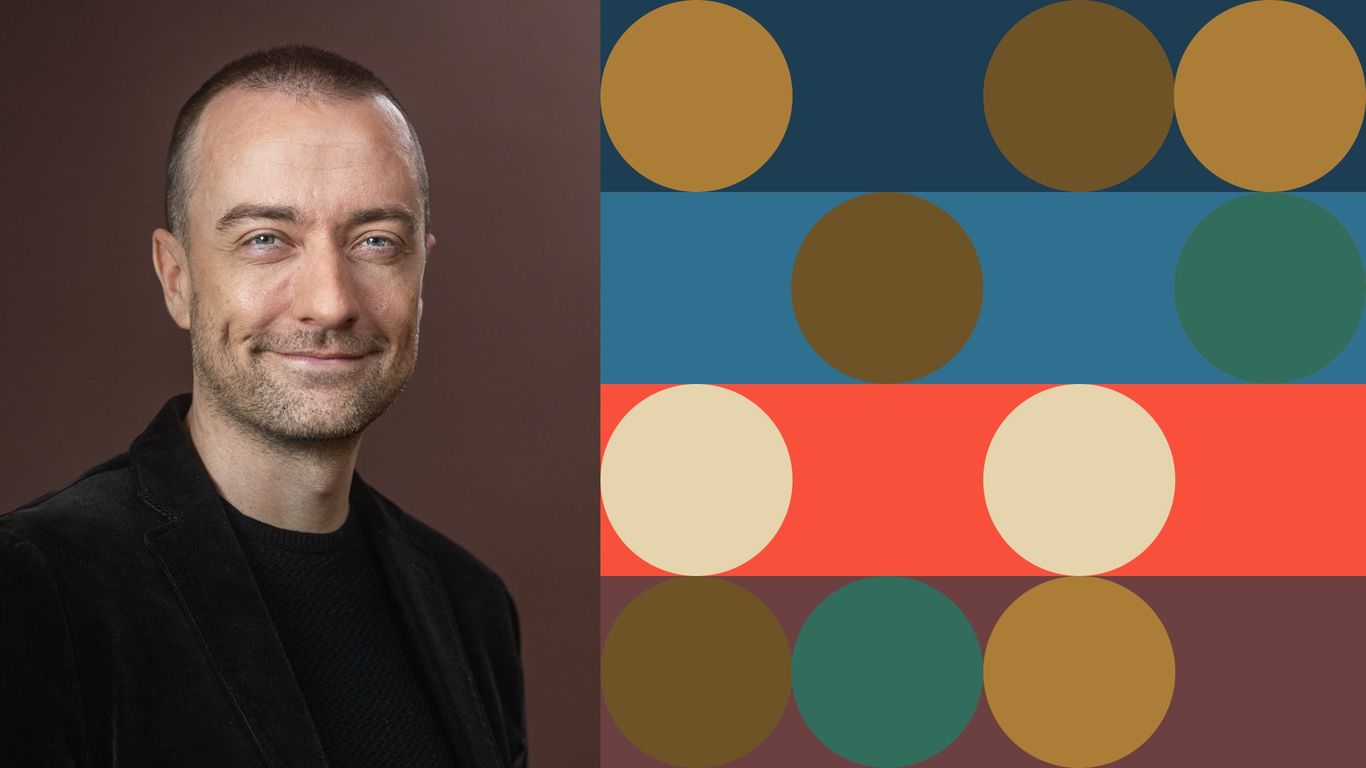Login
freezr Public Posts
freezr Public Posts
Search

Posted by salman on 4/27/2025

Posted by salman on 4/20/2025
With increasing access to data, AI can start to represent us, in both senses of the word: both acting as our agent and as a representation of our being, a sort of AI-twin. What implications will that have? (This is a third post on some of existential questions related to AI.)
...
...

Posted by salman on 3/1/2025

Posted by salman on 2/3/2025
As AI takes on more and more agentic actions, it will run into digital versions of the trolley problem on its way, where it would have to draw on the core set of values embedded within it to decide on a best course of action. This will force those values to have to be stated explicitly.
...
...

Posted by salman on 2/1/2025
If a perfect replica of Sam Altman’s brain could be created, would that be considered a human being? What if, like the ship of Theseus, we took this in steps, and replaced Sam’s brain part by part, substituting more and more of his brain with a computer version. At what point does he stop being a human being?
...
...
labels: @sama

Posted by salman on 10/1/2024

Posted by salman on 7/28/2024

Posted by salman on 7/16/2024

Posted by salman on 5/10/2023

Posted by salman on 12/21/2022
Highlights
Instead of people trying to write rules for the machine to apply to data, we give the data and the answers to the machine and it calculates the rules. This works tremendously well, and generalises far beyond images, but comes with the inherent limitation that such systems have no structural understanding of the question - they don’t necessarily have any concept of eyes or legs, let alone ‘cats’.
If I ask for ‘the chest burster scheme in Alien as directed by Wes Anderson’ and get a 92% accurate output, no-one will complain that Sigourney Weaver had a different hair style. But if I ask for some JavaScript, or a contract, I might get a ‘98% accurate’ result that looks a lot like the JavaScript I asked for, but the 2% error might break the whole thing. To put this another way, some kinds of request don’t really have wrong answers, some can be roughly right, and some can only be precisely right or wrong, and cannot be ‘98% correct’.
Yahoo tried paying people to catalogue the entire web one site at a time, and that was unscalable. Google, on one side, is based on the patterns of aggregate human behaviour of the web, and on the other side it gives you ten results and makes you pick one - manual curation by billions of users. The index is made by machine, but the corpus it indexes is made by people and the results are chosen by people. In much the same way, generative networks, so far, rely on one side on patterns in things that people already created, and on the other on people having new ideas to type into the prompt and picking the ones that are good
But the other side of this is that ML gives you not infinite interns but one intern with super-human speed and memory - one intern who can listen to a billion calls and say ‘you know, after 300m calls, I noticed a pattern you didn’t know about…’
Actually what ML gives you is not only depth (ie the ability to “listen to - billion calls”) but also breadth: the ability to read a thousand books on psychology and persuasion tactics and other unrelated subjects and tie them into its conclusions. What is human ingenuity other than adding patterns from two seemingly unrelated subjects together? Perhaps ML will be brilliant - or perhaps our human ingenuity is just much simpler than assumed .








